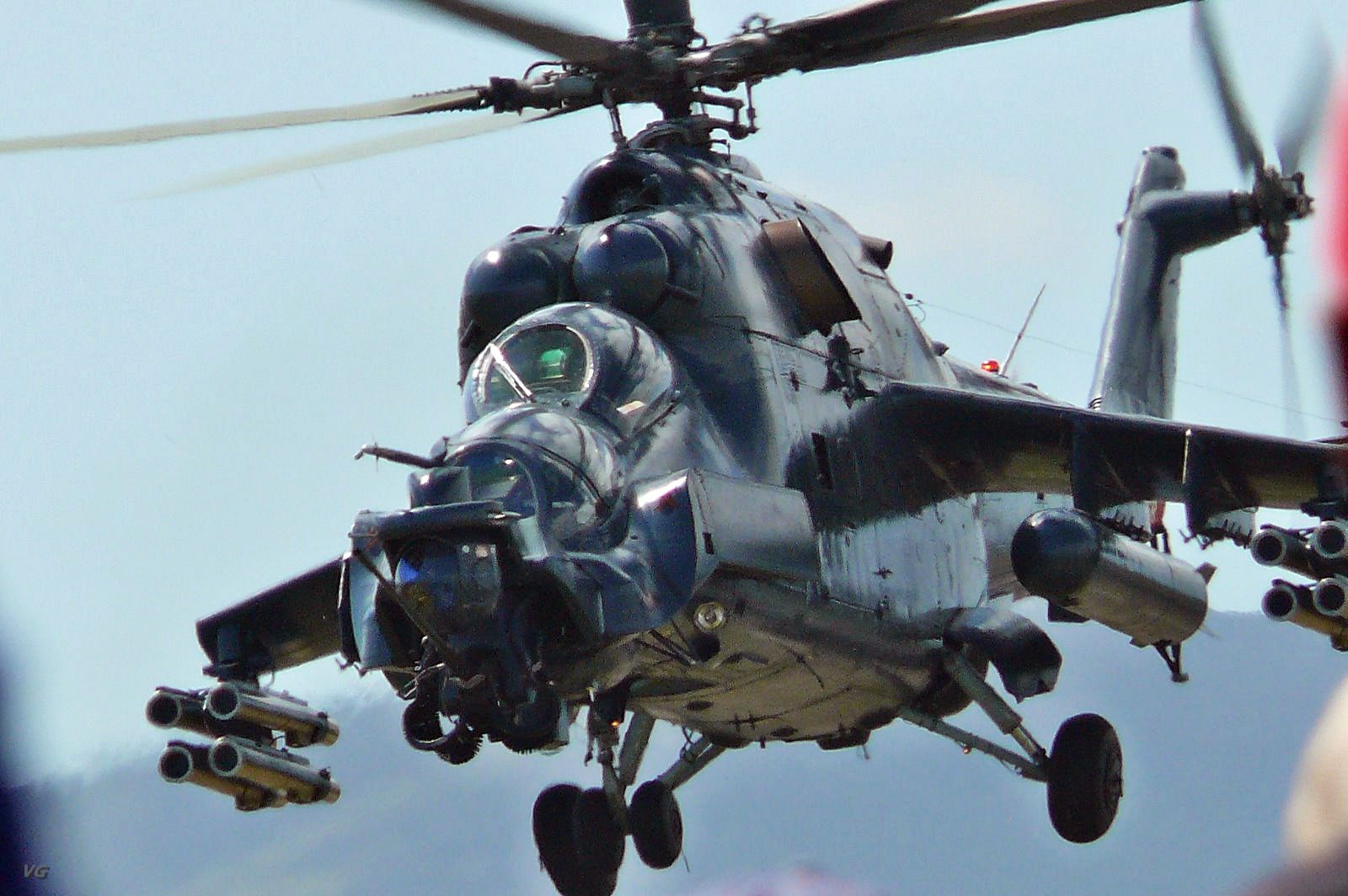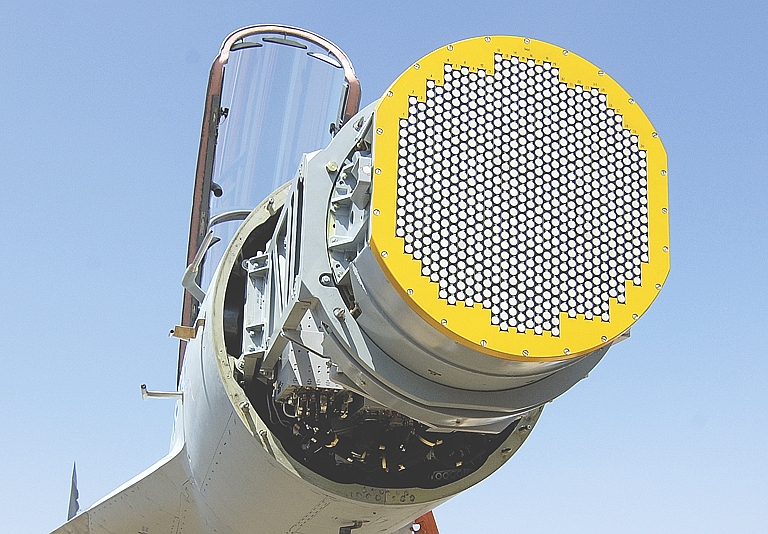HAIDER
ELITE MEMBER

- Joined
- May 21, 2006
- Messages
- 33,771
- Reaction score
- 14
- Country
- Location
MOSCOW, February 14 (RIA Novosti) – Egypt has reached an initial agreement on how to implement a new Russian arms delivery deal worth over $3 billion, Vedomosti newspaper reported Friday.
Egypt's defense minister and likely new president Field Marshal Abdel Fattah el-Sisi negotiated the agreement, aimed at replacing decreased assistance from Washington, during talks in Moscow on Thursday between Russian and Egyptian foreign and defense ministers. The military leader was warmly received by Russian President Vladimir Putin during his first trip abroad following his seizure of power in a coup last year.
Vedomosti cited Russian defense sources as saying that at the meeting the sides initialed or signed contracts for the delivery of MiG-29M/M2 Fulcrum fighter jets, air defense missile complexes, Mi-35 helicopters, coastal anti-ship complexes, light weapons and ammunition.
The arms deal was originally proposed during a November visit by Russian Foreign Minister Sergei Lavrov and Defense Minister Sergei Shoigu to Cairo. Various media reports have indicated the value of the deal could be several billion dollars.
The deal is reportedly to be funded mainly by Saudi Arabia and the United Arab Emirates.
No announcement on the arms deal was made following Thursday’s meeting. Putin said, however, that Russia was prepared to strengthen cooperation with the country following presidential and parliamentary elections.
El-Sisi has taken firm control over the country since the ouster of Islamist former President Mohammed Morsi in July. The often violent crackdown unleashed by the el-Sisi government has led to a cooling in relations with Washington, which announced in October that it would slash longstanding military aid to Cairo.
According to US officials, aid cuts included halting shipments of F-16 fighter jets, Apache helicopters, M1A1 tanks and advanced anti-ship missiles.
Moscow is apparently seeking to exploit the Egyptian demand for defense materiel created by US disengagement.
Russia, Egypt Reach Initial $3 Bln Arms Deal – Report | Russia | RIA Novosti
Egypt's defense minister and likely new president Field Marshal Abdel Fattah el-Sisi negotiated the agreement, aimed at replacing decreased assistance from Washington, during talks in Moscow on Thursday between Russian and Egyptian foreign and defense ministers. The military leader was warmly received by Russian President Vladimir Putin during his first trip abroad following his seizure of power in a coup last year.
Vedomosti cited Russian defense sources as saying that at the meeting the sides initialed or signed contracts for the delivery of MiG-29M/M2 Fulcrum fighter jets, air defense missile complexes, Mi-35 helicopters, coastal anti-ship complexes, light weapons and ammunition.
The arms deal was originally proposed during a November visit by Russian Foreign Minister Sergei Lavrov and Defense Minister Sergei Shoigu to Cairo. Various media reports have indicated the value of the deal could be several billion dollars.
The deal is reportedly to be funded mainly by Saudi Arabia and the United Arab Emirates.
No announcement on the arms deal was made following Thursday’s meeting. Putin said, however, that Russia was prepared to strengthen cooperation with the country following presidential and parliamentary elections.
El-Sisi has taken firm control over the country since the ouster of Islamist former President Mohammed Morsi in July. The often violent crackdown unleashed by the el-Sisi government has led to a cooling in relations with Washington, which announced in October that it would slash longstanding military aid to Cairo.
According to US officials, aid cuts included halting shipments of F-16 fighter jets, Apache helicopters, M1A1 tanks and advanced anti-ship missiles.
Moscow is apparently seeking to exploit the Egyptian demand for defense materiel created by US disengagement.
Russia, Egypt Reach Initial $3 Bln Arms Deal – Report | Russia | RIA Novosti










